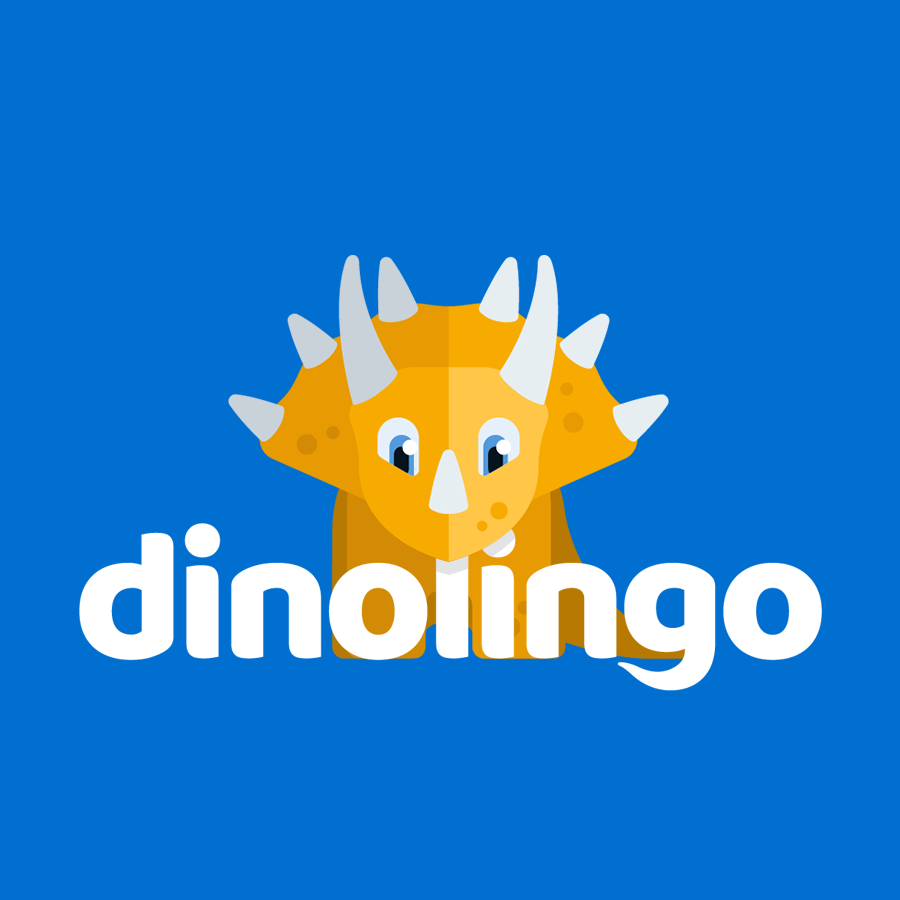By 500 B.C., Italy was shared by a number of groups. Small Greek colonies were on the southern coast and the island of Sicily. Gauls, ancestors of the modern French people, roamed the northern mountain area. The Etruscans, a group of people from western Turkey, settled in central Italy. They built a number of city-states. These people were the first people in Italy to make stone arches, paved streets, aqueducts, and a sewer system.
Rome was founded in 753 B.C. by twin brothers Romulus and Remus. The twins claimed they were the sons of the war god Mars. There is a legend that tells us that Romulus declared himself the first King of Rome after Remus joked about ruling the ancient city of Rome and eventually killing him.
Rome would go through seven kings until 509 B.C. when the last king was overthrown. The Roman Republic was formed. Rome was then ruled by two elected officials called consuls. There was a Senate makeup of wealthier people called patricians and a lower assembly that represented the commoners called plebeians. As Rome expanded to become larger than a city-state, it took over territories in what is now Italy and also overseas. By the end of the first century B.C., Spartacus who was a slave led the common people to overtake the patricians. The Republic was divided into several dictatorships. The ruler Julius Caesar was killed.
After some time, Caesar’s nephew Octavius in 29 B.C. declared himself the Emperor. This was the beginning of the Roman Empire. It existed for the next 200 years and gained lots of power and land throughout Europe, North Africa, and the Middle East. It was known as a peaceful time. When Marcus Aurelius died in 180 A.D., Rome began to decline with money problems, people trying to take over the country, and lack of good leadership. Christianity became the official religion.
By the end of the fourth century A.D., the Roman Empire split into two. Constantinople was the eastern capital. This region is now Turkey. It became a strong Byzantine Empire. Rome was the western capital and it began to decline.
In 410 A.D., Rome was attacked by invaders. The empires collapsed and for the next thousand years, Italy was divided into many city-states. Rome was the home to the Catholic Church. This was known as the Dark Ages as there was little growth throughout the country.
In the fourteenth century, Italy became prosperous. Many city-states became centers of trade. Trade was encouraged between foreign lands. Wealthy patrons helped fund artists, writer, scientists, and politicians. Italian explorers like Marco Polo and Christopher Columbus introduced Italy and Europe to the rest of the world.
Italy remained a center of power until the sixteenth century when trade routes shifted. Some of the city-states were overtaken by other countries (Spain, France, and Austria). Then, in the nineteenth century the French leader Napoleon helped unite Italy into one country. Rome fell in 1870 and the country became one nation.
Next, Mussolini who was a politician started a movement to restore Italy’s power. His troops marched to Rome and took over the country from the king. Mussolini became the supreme ruler of Italy. In 1930, he tried to take over other countries like Ethiopia in Africa and Albania in Europe.
In World War II, Italy eventually joined Germany and moved to take over Greece, the Balkans, and North Africa. Losing power, Mussolini left Rome and tried to rule Italy from the north. He was captured and killed.
After World War II ended, Italy ended the monarchy and became a republic. With help from the United States, Italy rebuilt its country and businesses. It is now a part of the European Union and a very prosperous, democratic European country.
The current president is Giorgio Napolitano who is the 11th President of the Republic of Italy. Napolitano was elected in 2006. There is no limit on the length of time you can serve as president in Italy. Another interesting fact is that you need to be at least 50 years old to be the President of Italy.

Online Italian lessons for kids: dinolingo.com